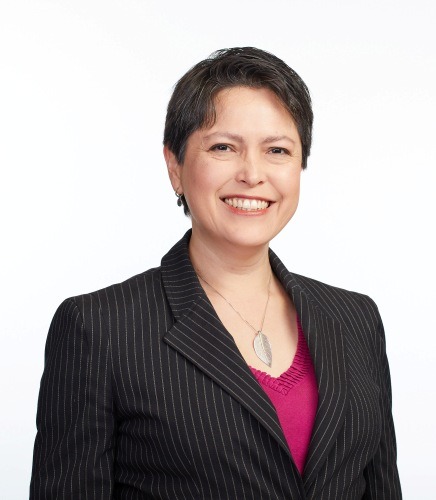
People talk about the practice of medicine as a science and as an art. I consider the practice of medicine to also be an act of love.
Yes, love. I admit freely that I love my patients. Not in a romantic way. Not in a familial way, nor even in a friendship way, but at my best moments, I think of my patients with deep compassion and kindness: Agape. I feel privileged that they allow me into their and their families’ lives, and that they entrust me with their health.
Many of us who practice medicine go into it because we want to help people and because we excel at science. We like figuring out the “whys” and understanding the “hows” of problems. School emphasizes these whys and hows. There is an ever-increasing amount of knowledge to acquire and new ways of thinking to learn. Mnemonics and flash cards may help, but the sheer volume can seem overwhelming. We study, go to lectures, study more, test, and then restudy. In clinical rotations, we are called upon to demonstrate this knowledge extemporaneously.
The study of the science of medicine never ends. The moment of our commencement from school starts our continuing education in evidence-based medicine. We learn from textbooks, journals, websites, conferences, colleagues and our mistakes. Many of us choose to recertify periodically through testing so that we can ensure that our standards remain high as we care for our patients. All of this to learn the science of medicine.
Learning the art of medicine can also come from written materials and courses, but more frequently comes from our interactions with our colleagues and our patients. I have also learned a great deal about the art of medicine from being a patient myself, both what to do and what not.
Skill in the art of medicine comes as we learn how to listen beyond someone’s words and to answer the unasked questions. We learn through error and trial when to hold someone’s hand, when to sit with silence, and when to fill it.
Underpinning this all though, is love. I have laughed with patients. I have cried with patients. I have disagreed with patients and been yelled at by them. Even when I do not necessarily like some of my patients, compassion and loving kindness flow like an underground river nourishing life above it. Through it all, I have cared about my patients, even when – especially when – they did not care about themselves.
During this time of the COVID-19 pandemic, in-person interactions are curtailed and we hunger for contact. Most of my patient visits for chronic conditions such as diabetes and hypertension are being done by phone now. Many of my patients tell me that while they miss having an in-person appointment, they just do not feel safe to go out and are opting for telehealth instead at this time. I want them to avoid infection and am grateful that I can offer appointments that meet their needs, but I too miss our in-person physical connections.
For patients who are hospitalized, social isolation is exacerbated as hospital visiting hours are restricted or eliminated. Instead of having friends and family stopping in with cards and cheer, a patient’s only visitors at this time may be hospital staff who are gowned, gloved, masked, and face shielded into near-anonymity. This necessary protective gear makes faces and smiles hard to see and muffles warm voices. During this pandemic, it may be harder for patients to see and hear the kindness and caring of those who practice medicine, but it is present beneath the layers we wear.
When I discuss end-of-life planning, many people say that when they die, they would like it to be at home surrounded by those who love them. During this pandemic, too many people are dying in hospitals without their family by them to ease their way. There may only be medical staff in the room, but even so, these patients are still surrounded by those who love them.
For the past week, I have been volunteering on the Navajo Reservation at a walk-in clinic seeing patients with coughs and fevers. Some are positive for COVID-19, others negative, but all are afraid. Everyone coming in knows someone who has the disease, and many people also know someone who has died from it. Behind my protective gear, I offer guidance on how to manage their symptoms, reassurance that most people come through their illnesses, and feel inadequate to the tragedy that is hitting this community. I have one more week here before returning to my home community and patients, but each day am awestruck by the brave hearts of everyone living and working here.
When I entered PA school, I had a symbol representing “compassion” tattooed to remind me of why I was starting on this path. Every year since then, my understanding of what I committed to deepens, and as I practice medicine, I practice love.
Katherine “Kaesa” Footracer, MS, PA-C is a Certified Physician Assistant in Glendale, California. She is a volunteer with the Indian Health Service at the Navajo Reservation. She also serves as treasurer on the NCCPA Board of Directors.

